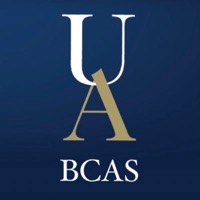[Past Projects]
Dr. Hunter King and Aida Shahrokhian
Today, about one billion people worldwide lack access to safe water. This global demand for fresh water is projected to increase as global population rises. Water in the form of vapor and droplets within the atmosphere is estimated to be about 13 thousand trillion liters, which makes it a good candidate for drought-prone and water-scarce areas. Many plant and animals such as beetles, frogs, spiders, Opuntia microdasys, Stipagrostis sabulicola, and Trianthema hereroensis have evolved to benefit from this atmospheric moisture, where there is no other source of water available. There have been many attempts to mimic these systems to harvest water from the air in the past few decades.

Our motivation for this project is to create a passive system where water vapor is absorbed at a certain condition and then released in another without applying any energy. For this application, various biomimetic and synthetic materials such as spider glue salts and stimuli-responsive polymers, specifically thermo-responsive polymers with LCST are considered. Thermo-responsive polymers with LCST, have tendency to remain soluble below a particular temperature and above this temperature they undergo a change in their solubility behavior and phase separate. To investigate these materials for water harvesting application, we electrospin them and test their water collection and release behavior. In this project, your task will be to find the optimum parameters for electrospinning cellulose acetate, and to find the best curing temperature for crosslinking of electrospun PNIPAM nanofibers. Techniques you will be learning are electrospinning, Scanning Electron Microscopy(SEM), optical microscopy, Differential Scanning Calorimetry (DSC) and Fourier-transform infrared spectroscopy (FTIR).

Click here for other information about Dr. King.
Click her for more information about projects in Dr. King’s lab.
